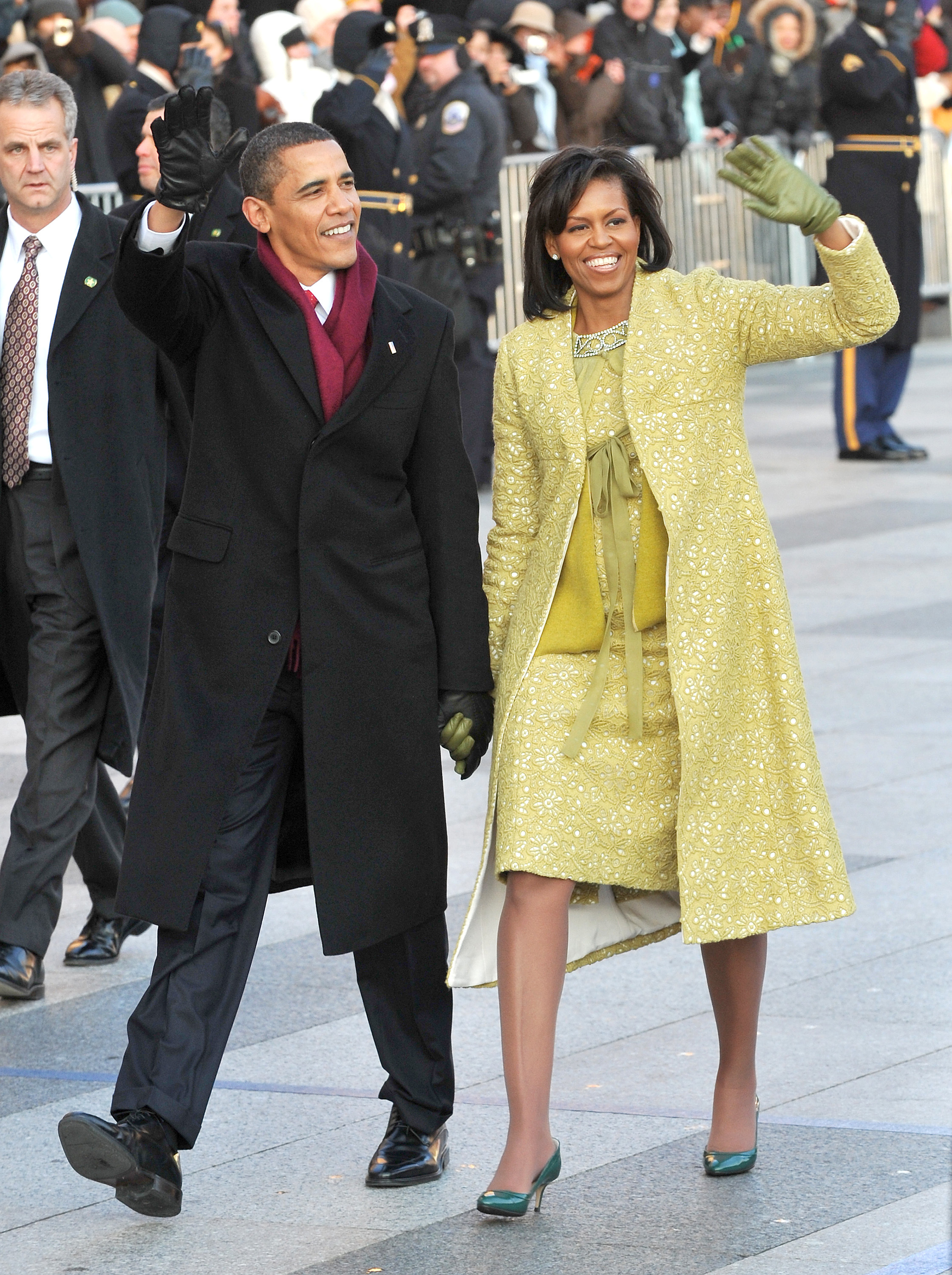
Portrait of Isabel Toledo
In honor of Hispanic Heritage Month being September 15th-October 15th, we wish to highlight Isabel Toledo, a Cuban-American designer who we’ve featured a dress from in our exhibit this year. Isabel Toledo was born Maria Isabel Izquierdo in Cuba in 1960. She immigrated to West New York, New Jersey as a young teenager, where she met her eventual husband, Ruben Toledo, at 14. The designer began her fashion studies at the Fashion Institute of Technology and Parsons School of Design. In 1979, she interned at the Costume Institute of the Metropolitan Museum of Art and started her career without graduating. Toledo introduced her first collection in 1985 which was picked up quickly by Barney’s New York and other international stores, proving to be the start of a very successful career following that. She was said to be a humble designer who rejected the mainstream by her peers and friends, preferring to live amongst artists and creatives and maintain a low celebrity profile. Her friend Ikram Goldman described her as “an uncorrupted designer” who “never conformed to or accepted the ‘fashion system’.”

Black Isabel Toledo dress featured in our Fashion and Music exhibit this year.
Isabel Toledo had many great achievements throughout her career. One of her most well-known triumphs was creating Michelle Obama’s inaugural look for Barack Obama’s presidential inauguration in 2009. She created a light green, shimmering ensemble for the first lady. Additionally, Toledo often appeared on the International Best Dressed Lists, received the Copper Hewitt National Design Award with her husband Ruben Toledo in 2005, was nominated for a Tony for her costumes in “After Midnight” in 2014, was Creative Director of Anne Klein from 2006 to 2007, and designed collections for Lane Bryant. Furthermore, she collaborated with her husband for the Detroit Institute of Art’s Labor of Love installation, and had a solo retrospective of her work in 2009 at the museum at the Fashion Institute of Technology. Celebrity clients included Demi Moore, Debra Messing, and Debi Mazar. Ruben and Isabel Toledo also had high profile friends in the art community such as Andy Warhol and Jean-Michel Basquiat. With all of that being said, Isabel Toledo was much more than just her awards and celebrity connections. She was a designer who valued diversity, inclusivity of women of all shapes and sizes, and maintained a love and passion for the art and labor behind every garment. Toledo stated in an interview with Interview Magazine about her collection with Lane Bryant, “My ideal happens to be diversity. I love difference. I love change. I love experimentation and eccentricities.”

Michelle Obama wearing an Isabel Toledo ensemble at Barack Obama’s presidential inauguration in 2009.
As a minority in America, and a minority in her career, Isabel Toledo is truly a woman who broke down barriers and inspired generations of creatives throughout her 30+ years in the industry. Her position as a Cuban-American woman in the fashion world was important representation for many marginalized groups. She persevered through stereotypes and those who doubted her, and was an excellent example of why diversity must be embraced in all occupations and spaces. Unfortunately, Isabel Toledo passed away from breast cancer in 2019 at the young age of 59. October is also breast cancer awareness month, so commemorating Toledo’s life and achievements also helps bring awareness to the cause. Isabel Toledo is remembered as a fashion genius who focused on empowering women and other creatives, and maintained an individualistic style that stayed true to who she was.
Sources: https://www.vogue.com/article/isabel-toledo-obituary
https://www.nytimes.com/2019/08/26/style/isabel-toledo-dead.html


































 Let’s start with women’s fashion. When walking on campus in the late 1800’s to
Let’s start with women’s fashion. When walking on campus in the late 1800’s to 









